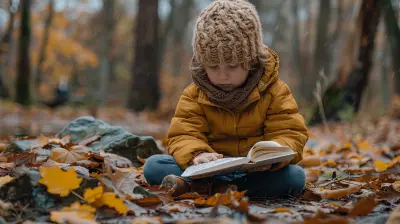Why Creative Expression Matters in Culturally Diverse Classrooms
10 June 2025
Let’s be honest — classrooms today don't look like they used to. Walk into almost any school, and you’ll notice something beautiful — a mix of cultures, languages, and perspectives all wrapped up into one learning space. That’s diversity in action. But here’s the kicker: teaching the same old way doesn’t always cut it anymore. So, how do we connect with all students in a way that invites, includes, and inspires them?
The answer? Creative expression.
When students are encouraged to express themselves creatively, especially in culturally diverse classrooms, magic happens. It's not just about making art or writing poetry — it's about building bridges between cultures, boosting confidence, and unleashing unique voices that might otherwise stay silent.
In this article, we’ll dive deep into why creative expression is not just helpful but essential in culturally diverse classrooms. We’ll break it down in a way that’s honest, direct, and maybe even a little eye-opening.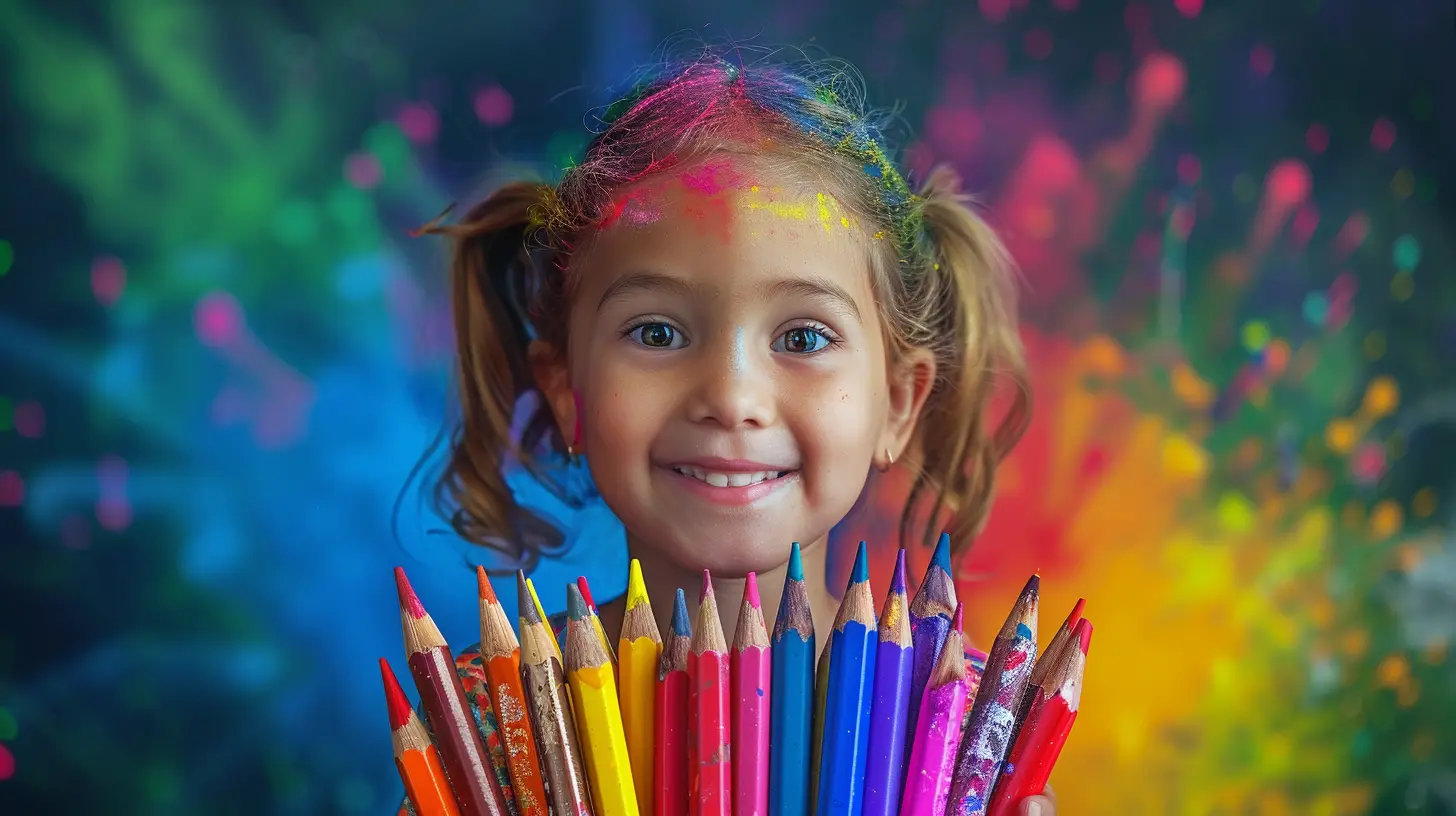
Understanding Cultural Diversity in Classrooms
Before we jump into the how and why of creative expression, let’s talk about what we mean by "culturally diverse classrooms."Think about a classroom filled with students from different countries, traditions, languages, and belief systems. They might celebrate different holidays, eat different foods, wear different clothes, and even see the world through different lenses. That's cultural diversity in real life.
In many ways, this kind of classroom is like a vibrant patchwork quilt — every piece has its own story, but together they create something powerful.
But here’s the challenge: when students feel like their culture isn't represented or valued, they might retreat into silence, disengage, or struggle to connect with the material. That's why it’s so important to create space for them to express themselves — in their own way, on their own terms.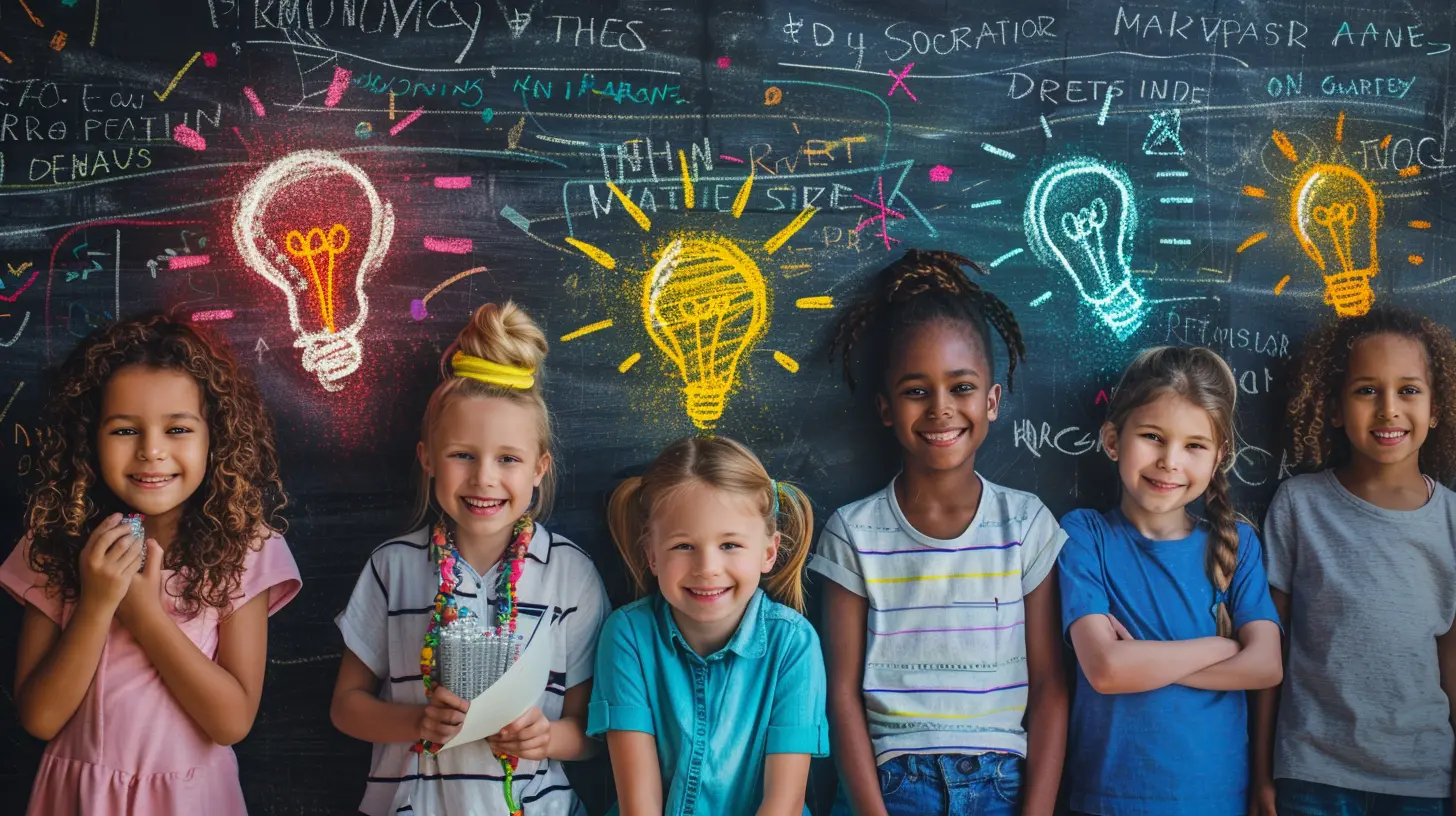
What Is Creative Expression, Really?
Now, you might be thinking — “Creative expression? You mean like drawing and singing?” Sure, those are part of it, but it goes way deeper.Creative expression is any form of self-expression that uses imagination, emotion, and originality. Think storytelling, drama, music, painting, photography, dance, even digital art and spoken word poetry. It’s the stuff that allows students to say, “This is who I am. This is what I believe. This is how I feel.”
In culturally diverse classrooms, creative expression gives students a tool to speak their truth, even when words fail them.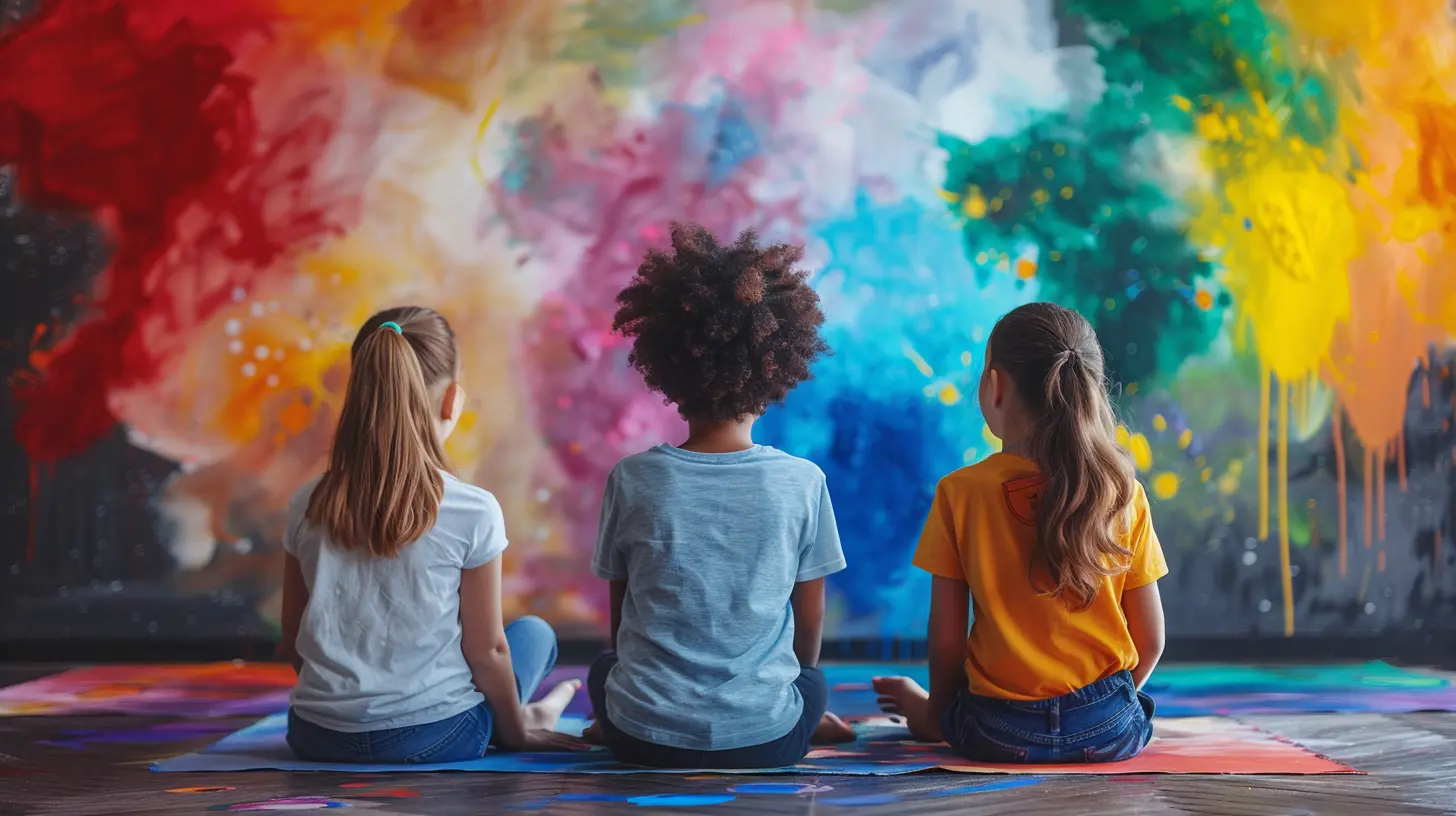
Why It Matters More Than Ever
Let’s get real — the world is changing fast. Globalization, migration, and technology have turned our neighborhoods and classrooms into mini United Nations.So, why does creative expression matter so much in these dynamic learning environments? Here’s the lowdown.
1. It Helps Students Feel Seen and Heard
Imagine being dropped into a classroom where no one speaks your language, understands your background, or celebrates your holidays. Pretty isolating, right?Now imagine being asked to write a poem about your hometown, paint a picture of your family traditions, or create a short film about your journey. That’s empowering.
Creative expression allows students from different cultures to say, “Hey, here’s a part of me you might not know — but now you do.” It turns the classroom into a more inclusive space where every voice matters. And once students feel seen and heard? They’re far more likely to engage and thrive.
2. It Breaks Language Barriers
Language can be a major barrier in diverse classrooms. But here’s the cool thing — art and creativity speak their own universal language.A student who struggles to write in English might still be able to paint something breathtaking, act out a scene, or compose a piece of music. Suddenly, they’re not limited by grammar rules or vocabulary lists. They're free.
Creative expression helps level the playing field, giving every student an equal shot at communication and connection.
3. It Builds Bridges Between Cultures
When students share their personal stories, traditions, and values through creative work, they’re teaching their classmates something new. It’s like opening a window into another world.And when classmates listen, watch, or engage with those expressions, they begin to understand, appreciate, and — most importantly — respect each other's differences.
That’s how empathy grows. That’s how stereotypes get shattered. That’s how classrooms become not just diverse but united.
4. It Encourages Critical Thinking and Self-Awareness
Creative expression isn’t just about putting feelings out into the world — it's also about reflection. When students are asked to interpret their identity or critique an aspect of society through art, they start asking big questions like:- Who am I?
- Where do I come from?
- What do I believe and why?
These are powerful questions — and culturally diverse settings enrich the answers even more. Students get the chance to explore their heritage, challenge assumptions, and see the world in more complex, meaningful ways.
5. It Boosts Confidence Like Nothing Else
Let’s be real — school can be tough, especially when you feel like an outsider. But when a student creates something — a song, a dance, a drawing — and shares it with their peers, it builds confidence in ways no test ever could.It says, “I have something valuable to contribute.” And that’s a game-changer, especially for students who might not shine in traditional academic settings.
6. It Encourages Collaboration and Teamwork
Think group projects, class murals, multicultural performances — creative expression can be a team sport. In diverse classrooms, collaborative creative projects give students a reason to work together, learn from each other, and even laugh together.They have to listen, share, compromise, and sometimes step out of their comfort zones. These experiences help them develop not only artistic skills but also the social and emotional intelligence they’ll carry with them for life.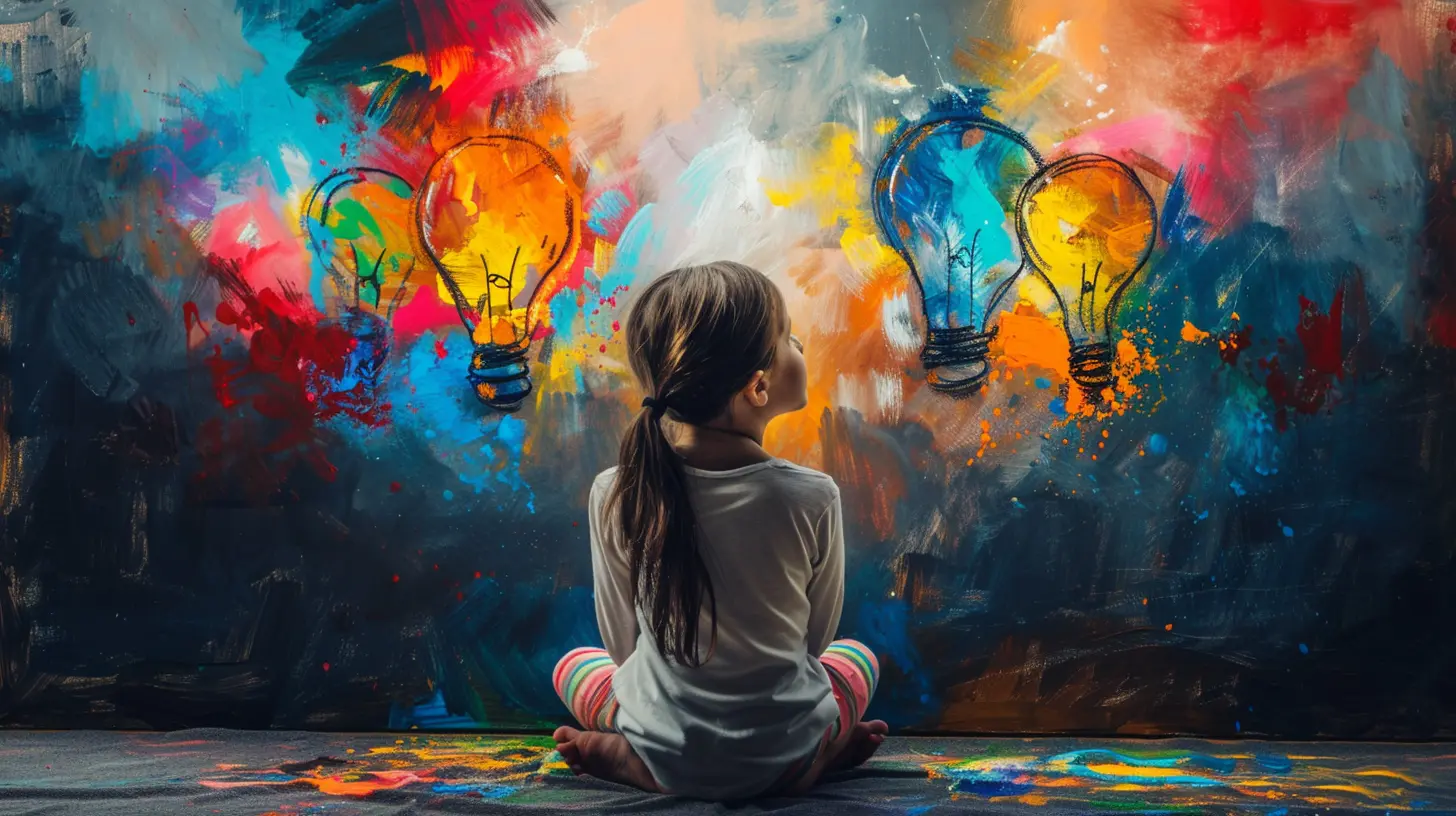
Real-Life Examples of Creative Expression in Diverse Classrooms
Sometimes the best way to understand something is to see it in action. Here are a few examples of how creative expression is making waves in multicultural classrooms around the globe:🎭 The Cultural Storytelling Project
One middle school in California asked students to share a story from their culture using any medium. The results? A mix of illustrated folktales, dramatic skits, and even animated short films — each one rich with personality and cultural meaning.🎨 The Heritage Art Wall
In a Canadian high school, students created artwork that represented their cultural heritage. The pieces were displayed in a hallway gallery, sparking conversations between students who had never spoken before.🎤 The Spoken Word Showcase
A London classroom hosted a spoken word night where students performed original poems about identity, immigration, and belonging. Not only was it powerful — it was unforgettable.How Teachers Can Encourage Creative Expression
Alright, so we’ve talked about the “why.” Now let’s get into the “how.” Teachers play a HUGE role in making creative expression a safe and productive part of the classroom. Here are some actionable tips:1. Create a Judgment-Free Zone
Make it crystal clear: there are no “wrong” answers in art. Every student’s voice matters, and differences should be celebrated, not corrected.2. Provide Diverse Tools and Mediums
Not every kid loves to write essays. Some prefer to draw, sing, dance, or speak. Give them options. Let them choose how they want to express their ideas.3. Incorporate Culturally Relevant Assignments
Ask students to explore their heritage, interview family members, or research cultural traditions for a class project. You’d be amazed at what they come up with.4. Showcase Student Work
Hang it up. Share it online. Host an open mic or art show. When students see their work valued, it lights a fire inside them.5. Be a Learner, Too
Don’t be afraid to learn from your students. Ask questions about their culture. Show genuine interest. Let them be the teacher sometimes.Final Thoughts: It's About More Than Art
Creative expression in culturally diverse classrooms isn’t just about producing pretty pictures or catchy songs. It's about connection, communication, and celebration.When you open the door to creativity, you invite every student — regardless of where they’re from or what language they speak — to show up as their full, authentic self.
And honestly? That’s what education should be about.
all images in this post were generated using AI tools
Category:
Creativity In EducationAuthor:

Eva Barker
Discussion
rate this article
2 comments
Fern McAdoo
This article effectively highlights the importance of creative expression in fostering inclusion and understanding in culturally diverse classrooms. Emphasizing diverse voices not only enriches learning but also nurtures empathy and respect among students. Great insights!
June 23, 2025 at 2:51 AM

Eva Barker
Thank you for your thoughtful feedback! I'm glad you found the article's focus on creative expression and its impact on empathy and understanding in diverse classrooms valuable.
Gabrielle Brown
This article beautifully illuminates the vital role of creative expression in fostering understanding and appreciation among diverse cultures. By encouraging students to share their unique voices, we create a richer, more inclusive learning environment that celebrates individuality and nurtures empathy. Thank you!
June 20, 2025 at 3:21 AM

Eva Barker
Thank you for your thoughtful comment! I'm glad you found the article meaningful and that it highlights the importance of creative expression in promoting inclusivity and empathy.

